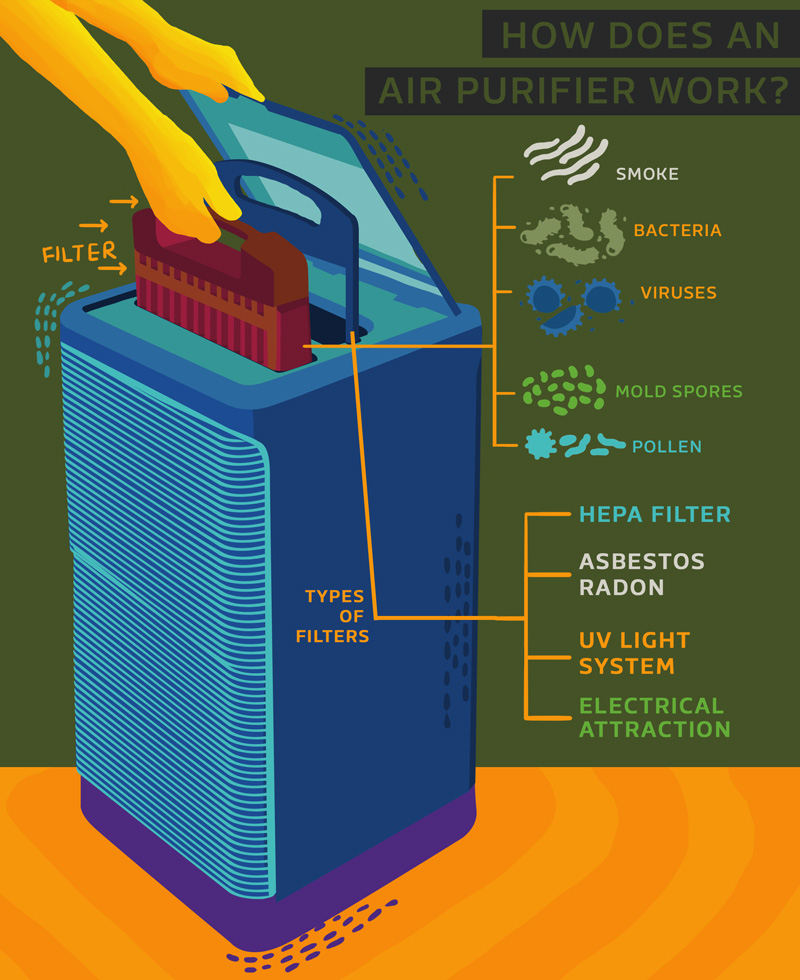The Ultimate Guide To Understanding Warmth Pumps - How Do They Work?
The Ultimate Guide To Understanding Warmth Pumps - How Do They Work?
Blog Article
Created By-Neergaard Hemmingsen
The very best heatpump can conserve you considerable amounts of cash on energy bills. They can likewise help in reducing greenhouse gas discharges, especially if you make use of power in place of fossil fuels like propane and heating oil or electric-resistance heaters.
Heat pumps function quite the same as ac system do. This makes them a viable alternative to traditional electrical home heating systems.
Exactly how They Function
Heat pumps cool homes in the summertime and, with a little assistance from electrical power or natural gas, they offer a few of your home's heating in the wintertime. They're a great choice for people that want to minimize their use fossil fuels however aren't all set to change their existing heater and a/c system.
They depend on the physical reality that even in air that appears also cool, there's still power existing: cozy air is always relocating, and it wishes to move into cooler, lower-pressure environments like your home.
Most power STAR licensed heatpump operate at near their heating or cooling capability throughout most of the year, decreasing on/off biking and conserving power. For the very best performance, focus on systems with a high SEER and HSPF score.
The Compressor
The heart of the heat pump is the compressor, which is additionally referred to as an air compressor. This mechanical flowing tool makes use of prospective power from power production to raise the pressure of a gas by decreasing its quantity. It is various from a pump because it just deals with gases and can not collaborate with liquids, as pumps do.
Climatic air gets in the compressor through an inlet valve. It circumnavigates vane-mounted arms with self-adjusting length that split the interior of the compressor, developing several tooth cavities of varying dimension. wall mounted heat pump to move in and out of phase with each other, pressing the air.
The compressor attracts the low-temperature, high-pressure refrigerant vapor from the evaporator and compresses it right into the warm, pressurized state of a gas. This procedure is repeated as needed to provide heating or air conditioning as required. The compressor also includes a desuperheater coil that recycles the waste warm and includes superheat to the cooling agent, changing it from its fluid to vapor state.
The Evaporator
The evaporator in heatpump does the same thing as it performs in refrigerators and a/c unit, changing liquid refrigerant right into a gaseous vapor that removes warm from the area. Heatpump systems would certainly not function without this essential tool.
This part of the system lies inside your home or structure in an indoor air trainer, which can be either a ducted or ductless device. It has an evaporator coil and the compressor that compresses the low-pressure vapor from the evaporator to high pressure gas.
Heat pumps absorb ambient heat from the air, and then utilize power to move that warmth to a home or organization in home heating mode. discover this makes them a great deal extra energy efficient than electrical heating units or furnaces, and because they're utilizing tidy electricity from the grid (and not melting fuel), they likewise generate far fewer emissions. That's why heatpump are such wonderful ecological options. (Not to mention a huge reason that they're coming to be so popular.).
The Thermostat.
Heat pumps are fantastic options for homes in chilly environments, and you can utilize them in combination with conventional duct-based systems or even go ductless. They're an excellent different to fossil fuel furnace or typical electric furnaces, and they're more sustainable than oil, gas or nuclear a/c equipment.
Your thermostat is the most crucial component of your heat pump system, and it functions very in different ways than a traditional thermostat. All mechanical thermostats (all non-electronic ones) work by using compounds that change size with raising temperature level, like coiled bimetallic strips or the expanding wax in an automobile radiator shutoff.
These strips include 2 different types of steel, and they're bolted with each other to form a bridge that completes an electric circuit linked to your a/c system. As the strip gets warmer, one side of the bridge expands faster than the other, which causes it to bend and signal that the heating system is needed. When the heatpump is in home heating mode, the reversing shutoff turns around the flow of cooling agent, so that the outdoors coil currently operates as an evaporator and the indoor cyndrical tube ends up being a condenser.